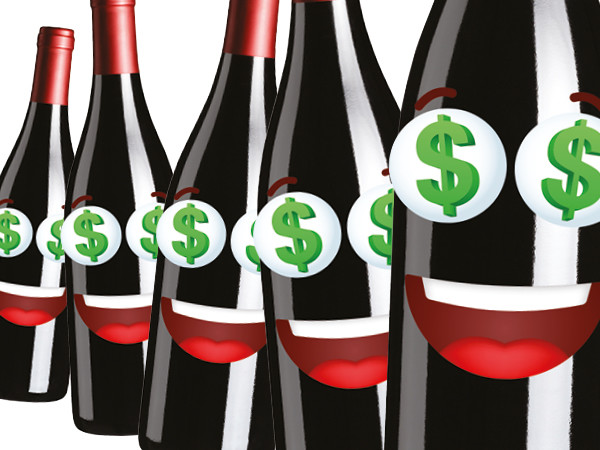
Tim Atkin MW: Moving away from ‘icons’
My late friend Michael Cox, who ran Wines of Chile’s UK office for more than a decade, had a great line about so-called “icon” wines. “Is that one word or two?” he would ask with a raised eyebrow. The pun works best in English, but the marketing strategy it points fun at is pretty much universal. Wines promoted as “iconic”, especially
but not exclusively in South America, generally have three things in common: heavy bottles, punchy price tags and the desire of the people behind them to be taken seriously, preferably as quickly as possible.
The term is nothing like as modish as it was a decade ago, partly, I think, because many of the wines haven’t stacked up. They often seemed too eager to impress, too glossy, too international in style. For all the attendant hoopla, the wines invariably lacked soul or a sense of place. Consumers were often disappointed too, assuming they were tasting the wine, as opposed to the drinking the label. “Is that it?”, they would ask.
- Read more: Tim Atkin MW asks 'is Rioja on the rocks?'
Creating an “iconic” wine – and promoting it as such – often felt like a shortcut to me. And it still does. It’s the equivalent of someone sneaking through a side door in an attempt to bag a seat at the top table. True icons – let’s call them paragons – can’t be rushed. Indeed, it’s one of the things I like most about wine. It rarely allows you to fast forward success.
You still hear the term “icon” used in wine circles, but I think it’s been discredited. These days, the focus at the top end in Latin America has switched away from the winery, away from overpaid international consultants regarded as alchemists, to the vineyard. This is a much slower process. Precision viticulture has made it easier to identify the best sites, but great vineyards generally take a decade or more to establish and much longer than that before their wines truly reflect terroir.
Earlier this month, I revisited Viñedos de Alcohuaz, Chile’s highest estate. Located at 2,200m on granite soils in the Andes, it was planted in 2005 by the late Álvaro Flaño and is run today by his son Patricio and long-term winemaker, Marcelo Retamal. The site is spectacular, but it hasn’t been easy to make it work. The intense sunlight and the scant rainfall (just 22mm so far in 2023) are enormous viticultural challenges. Yet the wines are magical, a beautiful symbiosis of Andean light and Mediterranean grapes.
↓
Element of risk
There are other vineyard-based projects in South America that qualify as new paragons. Also in Chile, I’d nominate Tabalí’s Talinay estate in Limarí, La Roncière in Licantén, Errázuriz’s Las Pizarras plantings close to the Aconcagua Costa and Francisco Baettig’s Viñedos Los Suizos in Traiguén, all of which are producing stunning wines. These endeavours involved an element of risk – and still do – but the vision and bravery of the people who created them has been rewarded.
Even braver are the two estates fashioned by the businessman Alejandro Bulgheroni – Bodega Garzón in Uruguay and Otronia in Argentinian Patagonia. “Planting what he did where he did was an unbelievable gamble,” Garzón’s former viticulturist, Eduardo Félix, once told me. “It was like tossing a coin and not betting on heads or tails, but on the coin landing on its side without toppling over. And it did.” Otronia, buffeted by winds and one of the most southerly projects in Argentina, was an even crazier bet. You could argue that Bulgheroni had the money to afford to fail, but that misses the point. He wanted to create something remarkable for the long term, not an icon.
The same is true of Nicolás Catena, of course, who was one of the first people to take a punt on high-altitude viticulture in Argentina with his Adrianna Vineyard. Planted in 1992, it has gone on to become one of the country’s greatest sites. The subsequent development of the Uco Valley by producers such as Zuccardi (Piedra Infinita), PerSe, Salentein and Altos Las Hormigas (Jardín de Hormigas) owes a good deal to Catena’s pioneering vision.
The Catenas like to describe their Adrianna Vineyard as “the South American Grand Cru”. Even if you question the use of a French term to describe an Argentinian estate (are we talking La Tâche or more variable Clos de Vougeot, let alone one of the 51 Alsace Grands Crus?), I think this is incorrect. These days, Latin America has several dozen vineyards of similar pedigree. Just don’t call them iconic.




